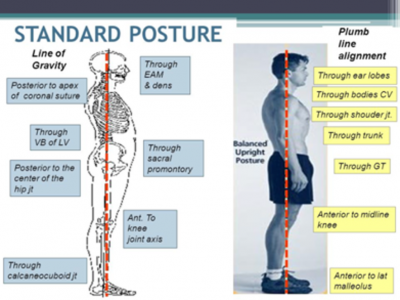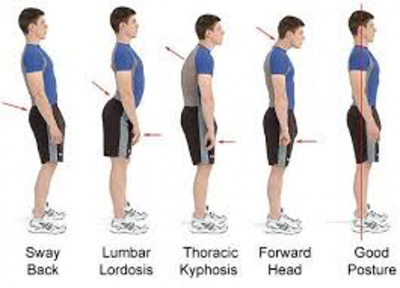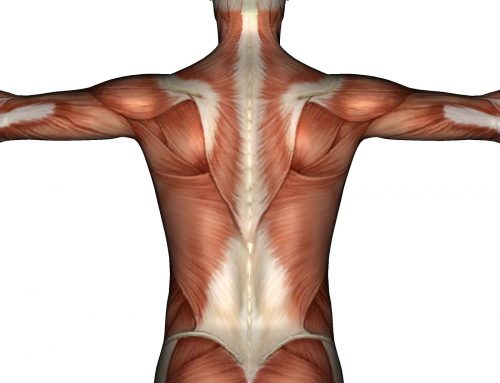Good posture. We have all heard about the importance of correct posture in our lives. Someone along the way has told us to stand up straight. Put our shoulders back. The problem is that a lot of the time we don’t know when we adopt this bad posture. Our current lifestyles involve a lot of screen time and encourage inactivity. Be it at school, work or just lazy in front of the tv. The evolution of the human beings posture seems to have deteriorated over the years. Prolonged use of devices and inactivity leads to de-conditioning of the postural stabilising muscles and the lack of endurance for them to sustain a good posture.
So, you might ask “why is good posture important at all to us as human beings?” Proper posture helps to convey confidence, poise, assertiveness, but most importantly it helps our bodies function. If you have the ability to sustain good posture for a long period of time, then you have the endurance in your muscular and nervous system to function at optimal levels.
Benefits of Good Posture
- Keeps bones and joints aligned, which helps with correct muscle activation
- Decreases wear and tear on the joint surfaces which leads to aliments such as arthritis or degenerative joint disease
- Decreases the stress on the spine
- Maintains the spinal curves (lordosis/kyphosis) which optimises the shock absorbing ability that the spinal column can provide
- Prevents backache and other muscle pains and soreness, especially in the shoulders
- Prevents fatigue because the postural stabilising muscles are efficiently firing and you are not using the movement muscles to try and hold yourself up
- Promotes stimulation of the brain and higher levels of cortical activation
- You feel good about yourself as you don’t have the weight of the world on your shoulders
- Promotes the ability to breathe with the diaphragm and to oxygenate the body more efficiently
- Promotes healthier digestion as there is less compression on the abdominal cavity
- Shows that the proprioceptive (balance) system is work efficiently in your body
- Reduces stress on shoulders and the likelihood of over-stretching the supraspinatus (rotator cuff) muscle and tearing it in the future
- Good posture looks good!
Try this exercise to see how beneficial good posture is for you. Firstly, put your head as far forward as it can go and slouch down. Next while keeping this posture try and rotate your head left and right and take note of how far you can turn. Now, sit up straight, put your ear over your shoulder which is over your hip and then try and rotate your head left and right. You should notice that you are able to turn your head further.
Other tests to see how posture affects you is to adopt the slouched, head forward position and try and lift both your arms above your head and then with good posture. Or even slouch and try and take a deep breath. Notice how much easier it is with good posture?
What is Good Posture?
So what is good posture? To assess your own posture, it is best to take a picture of yourself from the side, front and back. Proper posture is an imaginary plumb line that lines up the ear over the shoulder over the hip and just forward of the knees and ankle. See picture below.

The other thing to note is when the individual is viewed from the front, their shoulders should be levelled and open, not internally rotated. Their hips (iliac crests) should be the same height and we look at foot flare and the amount of pronation (rolling in) at the ankle.
Four common postural imbalances:

- Sway back/ Hips Pushed forward. This is a sign of an overactive posterior chain (glutes, hamstrings and lower back) and underachieve hip flexors and lower abs. Exercises to help this are kneeling hip flexor stretch, figure-4 stretch and foam rolling the hamstrings, and back.
- Lumbar Lordosis/Lower Crossed Syndrome (Excessive lower back arch). This position has an anterior pelvic tilt (APT). This is an indictor of overactive hip flexors and lower back which translates to increasing the lumbar lordosis. Another feature of this posture is underactive glutei muscles and lower abs. It can be created by wearing high heels or lifted dress shoes on a regular basis. Stretching exercise to help are kneeling hip flexor, and standing quadriceps with regular foam rolling of the quadriceps. Strengthening exercises are bridges, single leg bridges, abdominal hollow;
- Thoracic Kyphosis/Rounded Shoulders (shoulders round in front of ear). This is most likely due to overactive chest muscles and underactive backs muscles, specifically in the middle of the back (level of scapular/shoulder blades). Stretching exercises for this are standing wall bent arm pectoral stretch. Strengthening can be seated cable row, resistance band back fly, rear deltoid cable rope pull, overhand chin ups or hanging scapular squeezes
- Forward Head/ Upper Cross Syndrome/ Text Neck Syndrome. This posture is also due to overactive chest muscles and underactive back muscles surrounding the shoulder blades such as the rhomboids and serratus anterior. However this excessive hunch comes from weak muscles in the front of the neck such as the deep neck flexors with correlating tight posterior neck muscles such as the suboccipitals, levator scapulae and upper trapezius. Stretching to help this posture involves pectoral stretches with arm straight and bent, stretching the upper trapezius. To strengthen involves deep neck flexor strength which involves sustained chin tucks to help endurance strength of the postural muscles. Also seated cable row, resistance band back fly, rear deltoid cable rope pull, overhand chin ups or hanging scapular squeezes
It must be noted that these are the major postural distortions that you could be experiencing but there are numerous others. If you are concerned about your posture and have any questions contact the team at Neurohealth for an assessment and further advice. The team here at Neurohealth will help you identify and correct the specific postural distortion that you have. 02 9905 9099 steve@neurohealthchiro.com.au




